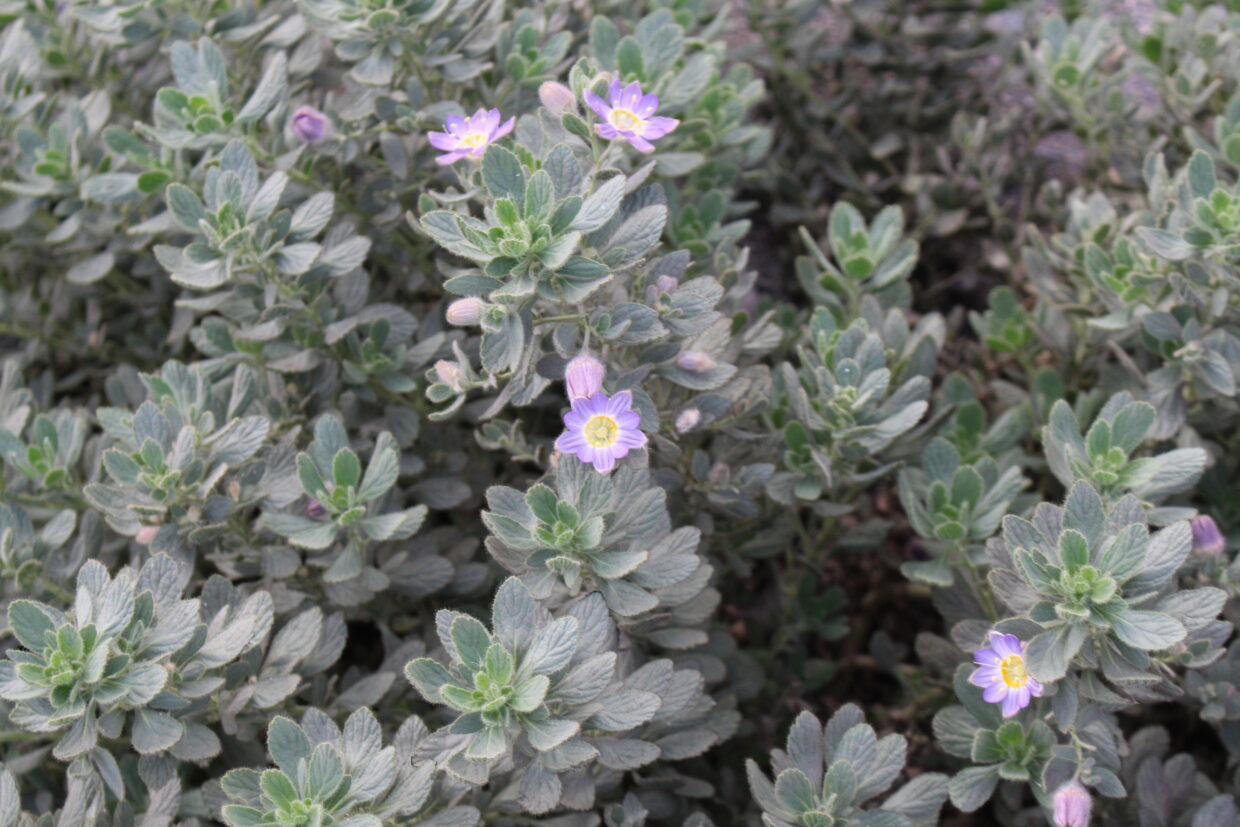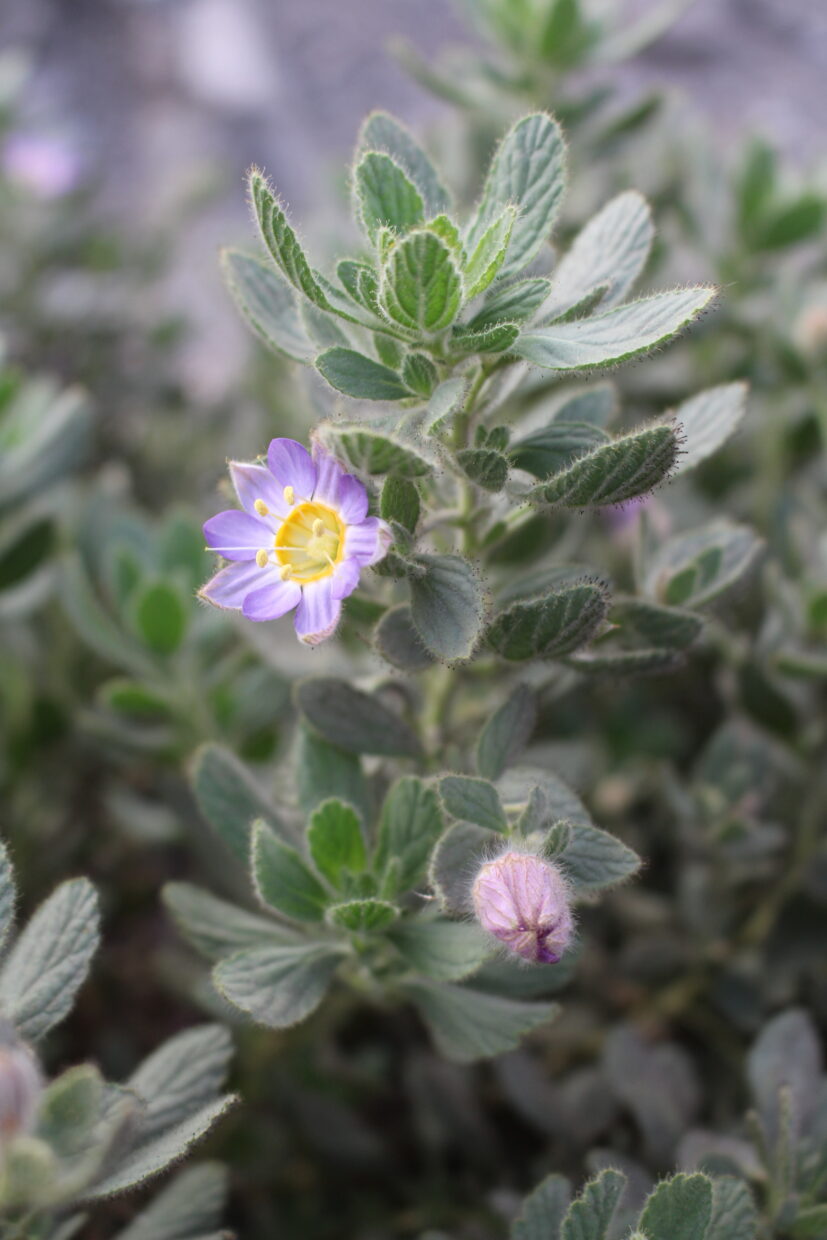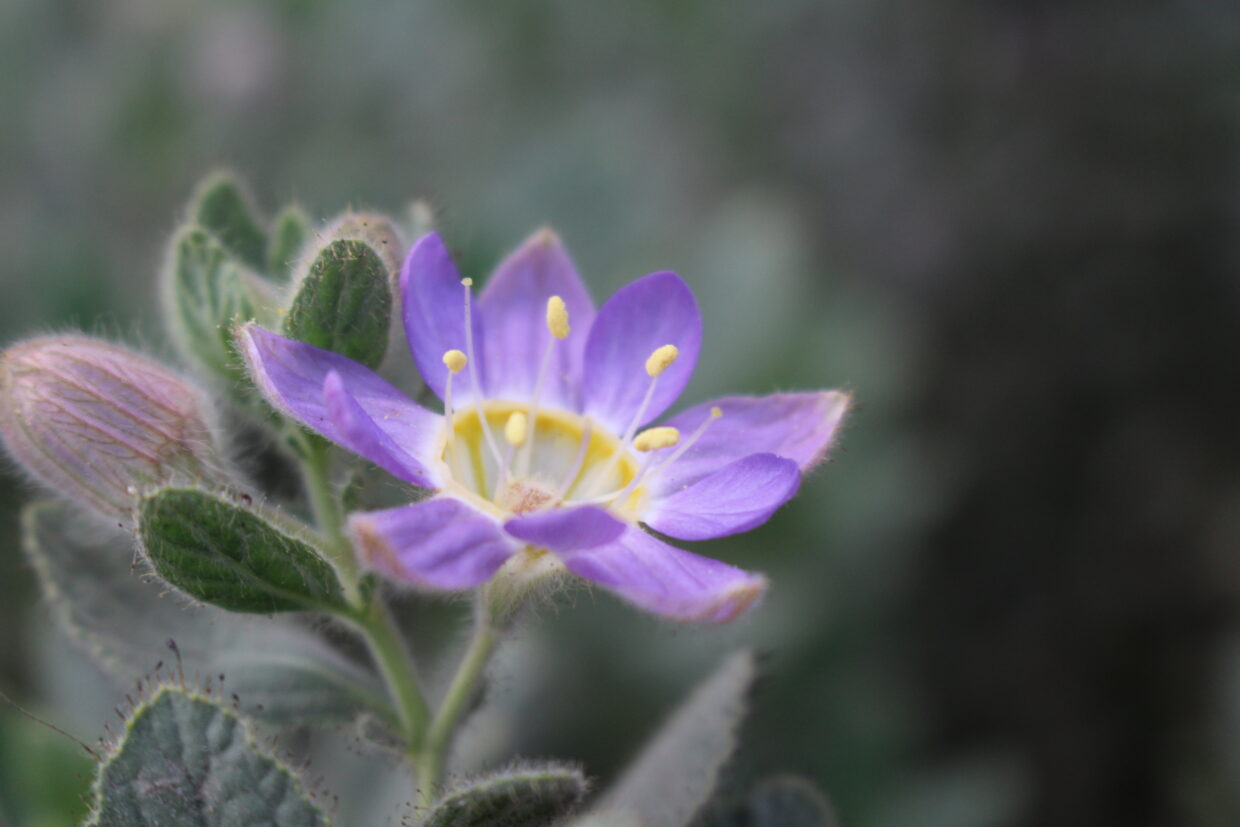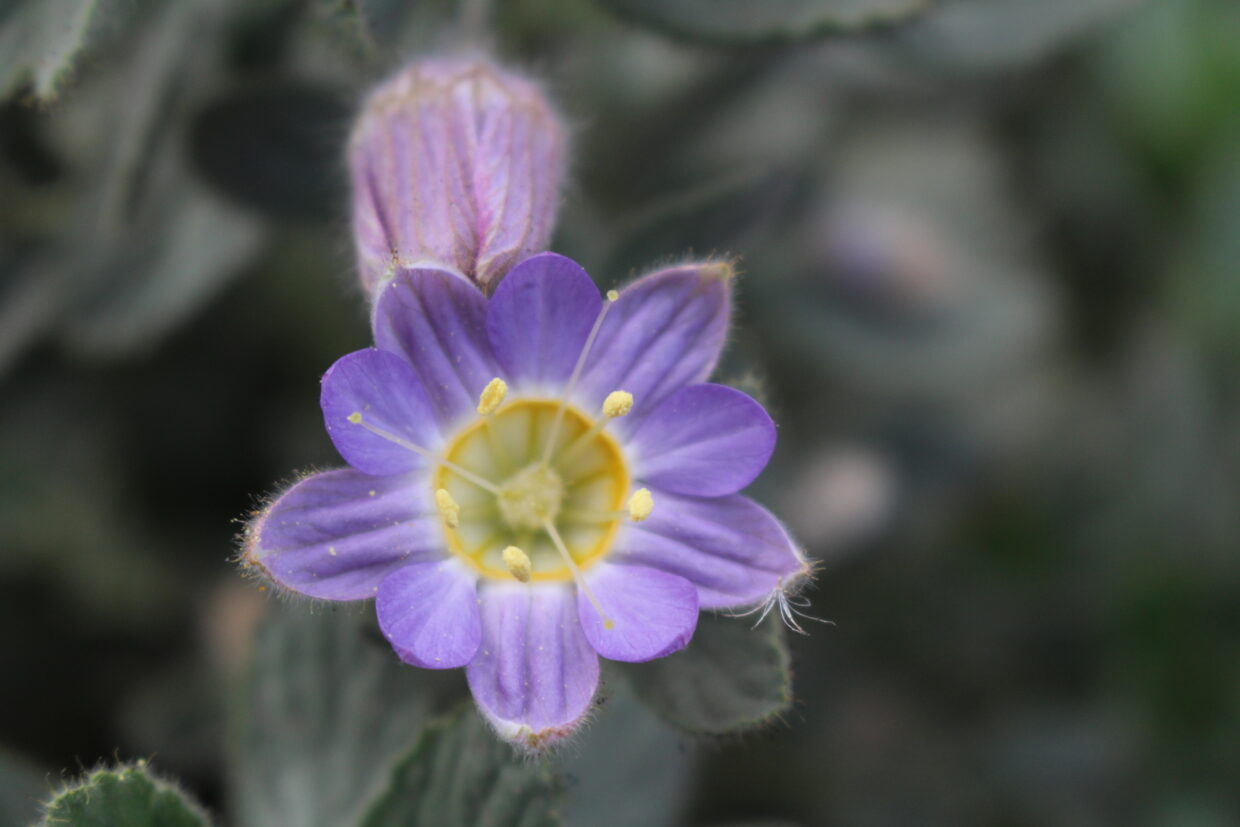Place of Publication
Reise Erde 1: 402 (1834)
Type citation
CHILE. Atacama Region: Ravine adjancent to Tierra Amarilla, 31 March 1833, Meyen s.n. (holotype B† [photo F2459! IRN: 221946]). Neotype:—CHILE. Atacama Region: Tierra Amarilla, 27.467°S, 70.267°W, 500 m, September 1924, Werdermann 397 (holoneotype CONC13809!, isoneotype E00130089!), designated by Bull-Hereñu, 2020
Synonyms
References
-
Meyen (1834)
Meyen, F.J.F.
1834. Reise um die erde ausgeführt auf dem Königlich preussischen seehandlungs-schiffe Prinzess Louise, commandirt von captain W. Wendt, in den jahren 1830, 1831 und 1832. Berlin: in der Sander'schen Buchhandlung 1
-
Bull-Hereñu (2020)
Bull-Hereñu, K.
2020. The genus Malesherbia Ruiz & Pav. (Passifloraceae) in Chile. Phytotaxa 468 (1): 1-44
Iconography
- Bull-Hereñu (2020): figs. 6 a,e,i,m
- Ricardi (1967): fig. 28 a-g
Regions
Atacama
Habitat
Semidesert and
Semiarid Andean cordillera
Distribution and habitat
Restricted to the Atacam Region where it grows in the lower elevations of the Copiapó river basin below 800m and neighbouring ravines up to 1200m.
Distribution
-
Malesherbia solanoides Meyen var. solanoides
-
-
Malesherbia solanoides Meyen var. solanoides
-
-
Malesherbia solanoides Meyen var. solanoides
-
-
Malesherbia solanoides Meyen var. solanoides
-
-
Malesherbia solanoides Meyen var. solanoides
-
-
Malesherbia solanoides Meyen var. solanoides
-
-
Malesherbia solanoides Meyen var. solanoides
-
-
Malesherbia solanoides Meyen var. solanoides
-
-
Malesherbia solanoides Meyen var. solanoides
-
Show all locations
Descriptions
- Ricardi (1967)
- Bull-Hereñu (2020)
Habit
Subshrub up to 80 cm tall
Key characteristics
This differs from var. ovata and var. oblongifolia by having light blue to violet flowers (vs. white). It is most similar to var. rugosa but differs by having leaves that are soft and without oily hairs on the upper surface and the floral cup (hypanthium) being wiider than its length. It also has an altitudinal range of between 500-1200 m (vs. 1000-3000 m for var. rugosa) (Bull-Hereñu, 2020).








